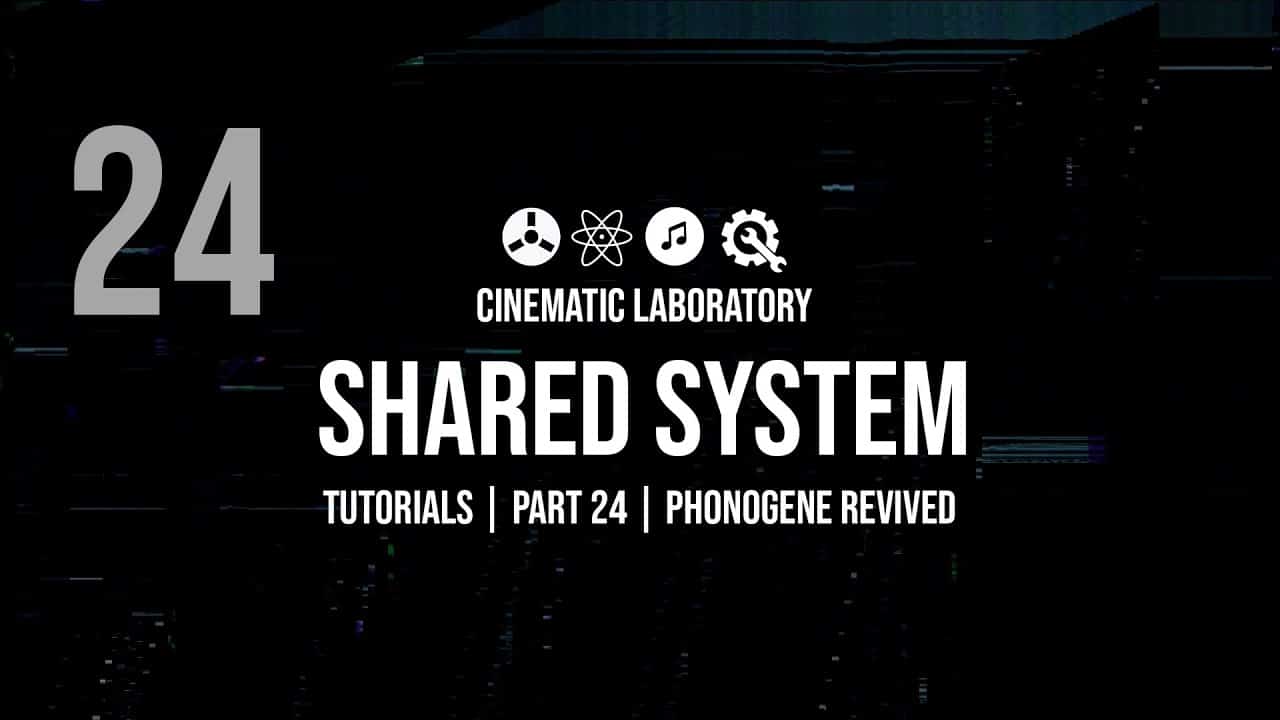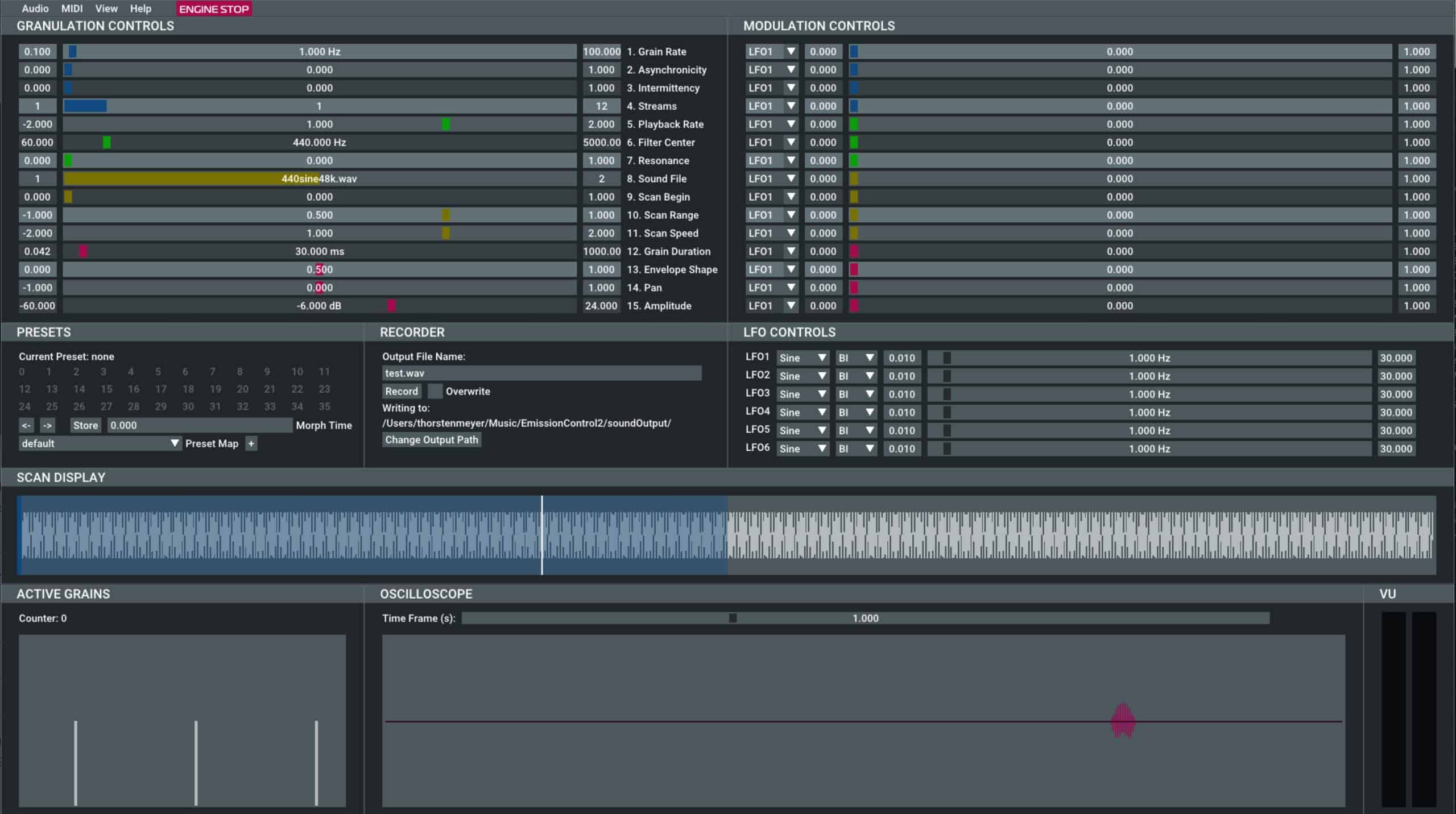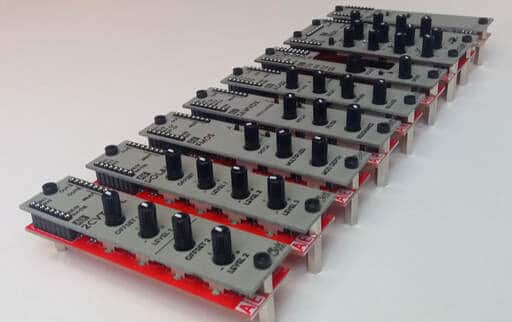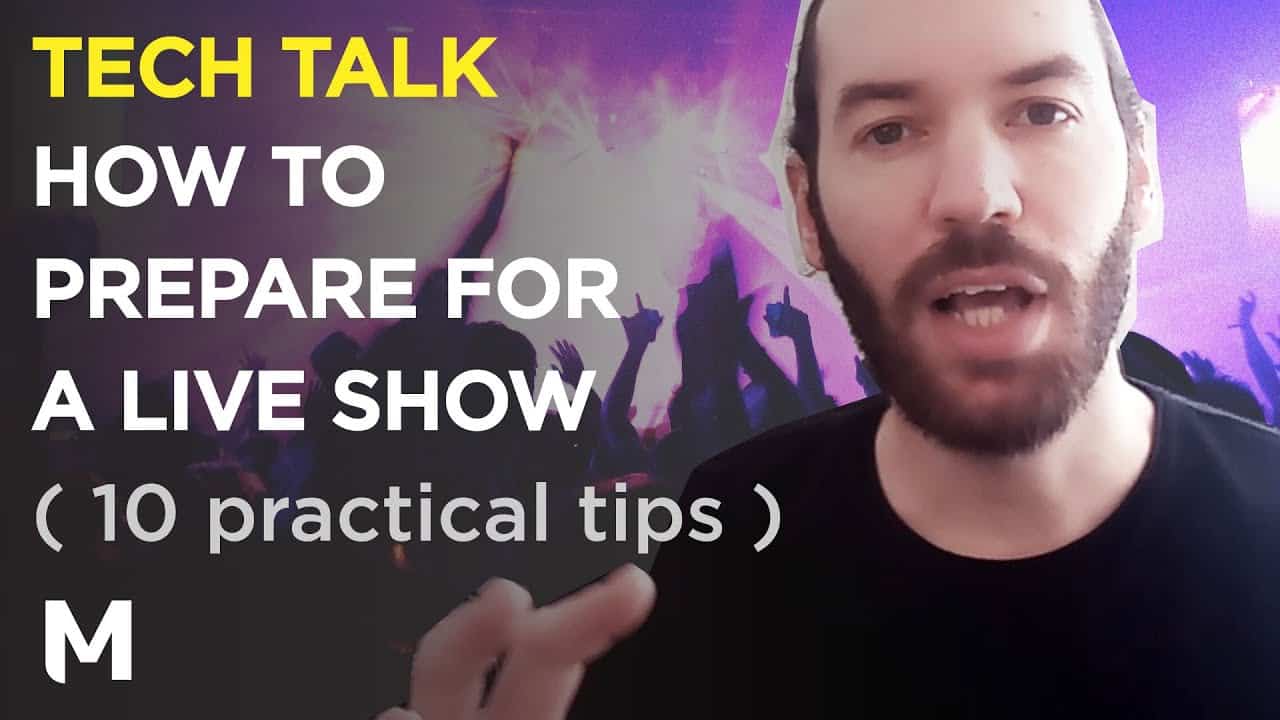This episode is a special edition. If you don’t own a Phonogene from an early Shared System, this video may not be of interest. Phonogene is discontinued and often replaced by a Morphagene to keep the system up to date. So it’s pretty easy to find a used one for sale. Compared to the Morph, the PG is simple and very hands-on.
There are no reels or complex button combo’s. You have control over sample start, length and pitch, a record button and a splice button to make cuts in your sample. Samples are very short (2 secs) in the highest quality (88,2 kHz) but the resolution is very high and great for microsound exploration. PG is not designed to sound pretty, it has all the digital artefacts we usually don’t want to hear like clicks, pops, digital distortion and aliasing. And that’s exactly what makes it cool.










